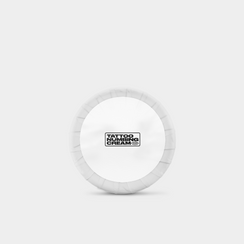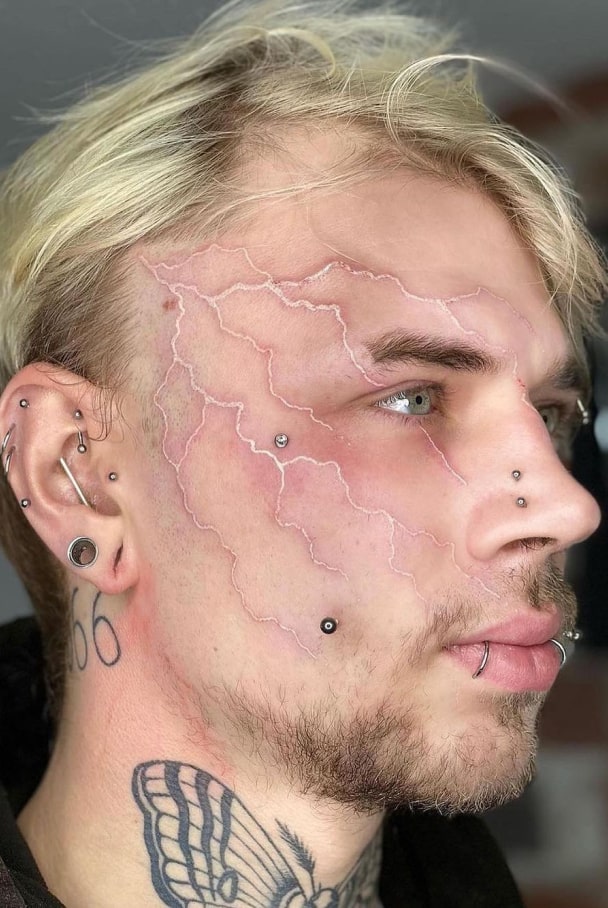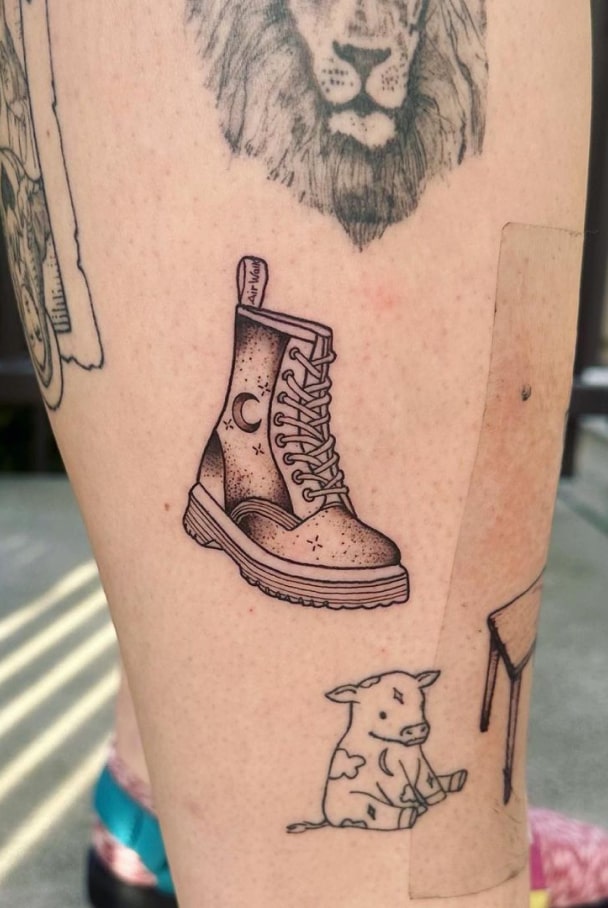If you're considering using Tattoo Numbing Cream to ease the pain of getting inked, you might have some concerns about potential allergic reactions. The truth is that this is never a nice experience and it can happen from time to time. We're here to address those concerns and provide you with the facts you need to make an informed decision about using numbing cream for your tattoo session.
Understanding Tattoo Numbing Creams
Tattoo numbing creams are topical anaesthetics designed to temporarily dull the sensation of pain during tattooing, similar to the effects of a local anaesthetic. They work by blocking pain signals in the area it has been applied from reaching the brain, usually for a short period of time of up to 3 to 4 hours. Simply apply to the desired area, wait for the numbing cream to work, and enjoy a comfortable, pain-free process.
Potential for Allergic Reactions
While Tattoo Numbing Creams are safe for use, like any cosmetic or topical product, there is a potential for allergic reactions in some individuals. Allergic reactions can manifest as redness, itching, swelling, or a rash at the application site.
It’s important to note that a mild reaction - such as paleness or redness of the skin, slight puffiness, initial burning or itching - may temporarily occur around the applied area. This is not uncommon and should disappear soon after application.
Factors Influencing Allergic Reactions
Individual Sensitivity
People vary in their sensitivity to certain ingredients found in tattoo numbing creams. While some individuals may have no adverse reactions, others may experience mild to severe allergic responses even to small amounts of the cream. This can be down to really simple things like genetics, skin type, and pre-existing allergies.
Allergen Exposure
Prior exposure to similar ingredients in other products can sensitise the skin and increase the risk of developing an allergic reaction to some tattoo numbing creams. Individuals who have previously experienced allergic reactions to topical medications, cosmetics, or skincare products should exercise caution when using numbing creams - especially if they share ingredients.
Application Technique
The way in which Tattoo Numbing Cream is applied can also affect the likelihood of experiencing an allergic reaction. Using too much cream, applying it to broken or irritated skin, or leaving it on for longer than recommended all have the potential to increase the risk of adverse reactions. Proper application as per the manufacturer's instructions is essential to minimise the risk of allergic responses.
Chemical Composition
The specific formulation of Tattoo Numbing Cream can influence its potential to cause allergic reactions. Common active ingredients may contain additional additives, preservatives, or fragrances that can trigger allergies in sensitive individuals. Checking the ingredients list and avoiding products with known allergens can help reduce the risk of adverse reactions.
Minimising the Risk of Allergic Reactions:
To minimise the risk of allergic reactions when using Tattoo Numbing Cream, consider the following precautions:
- Patch Test: Perform a patch test at least 24 hours before your tattoo appointment. Apply a small amount of numbing cream to a small area of skin and monitor for any signs of irritation or allergic reaction.
- Read Ingredients: Carefully read the ingredients list of the numbing cream to identify any known allergens or irritants.
- Consult Your Tattoo Artist: Inform your tattoo artist if you have a history of allergic reactions to topical products. They may recommend alternative numbing solutions or adjust their technique accordingly.
- Check the Expiry Date: Expired tattoo numbing creams may contain degraded or altered ingredients, increasing the risk of allergic reactions or other adverse effects. By checking the expiry date and using only fresh, unexpired products, you can protect yourself against potential allergies and ensure a safe and comfortable tattooing experience.
What to Do If You Have an Allergic Reaction to Your Tattoo Numbing Cream:
Experiencing an allergic reaction to Tattoo Numbing Cream can be alarming, but knowing how to respond can help get on top of your discomfort and prevent further complications. If you suspect that you're having an allergic reaction to your numbing cream, here are steps you can take:
Stop Using the Cream
It goes without saying, but discontinue the use of the numbing cream immediately. Remove any remaining cream from the affected area by gently washing with mild soap and water, but avoid rubbing or scratching the skin, as this can exacerbate irritation.
Seek Medical Advice
If you're experiencing severe symptoms such as intense itching, swelling, blistering, or difficulty breathing, seek medical attention promptly. Allergic reactions can vary in severity, and it's essential to get prompt medical care if you're experiencing severe symptoms or if the reaction is spreading rapidly.
Manage Symptoms
If your symptoms are mild to moderate, you can try several measures to help alleviate discomfort and reduce inflammation. Applying a cool compress or taking over-the-counter antihistamines have been known to help relieve itching and swelling. Avoiding exposure to irritants such as harsh soaps, perfumes, or excessive heat can also help soothe the skin.
Document Your Reaction
Keep track of your symptoms and document the details of your allergic reaction, including when it occurred, the severity of symptoms, and any other relevant information. This information may be helpful when seeking medical advice or consulting with a healthcare professional.
Follow Up with Your Tattoo Artist
Inform your tattoo artist about your allergic reaction and they may recommend alternative numbing solutions. Additionally, they may advise on how to care for your tattooed skin during the healing process to minimise further irritation or complications.
Prevent Future Reactions
If you've had an allergic reaction to tattoo numbing cream, take steps to avoid similar incidents in the future. Read ingredient labels carefully, and avoid products containing ingredients to which you've previously reacted. Consider consulting with a dermatologist or allergist for further evaluation and allergy testing to identify specific triggers and develop a plan to prevent future reactions.
Manage Your Tattoo Pain
While allergic reactions to tattoo numbing creams are possible, they are relatively rare. By taking appropriate precautions, such as performing a patch test and consulting with your tattoo artist, you can minimise the risk and enjoy a more comfortable tattooing experience.
Don't let fear of allergic reactions hold you back from achieving the tattoo of your dreams. With proper preparation and awareness, Tattoo Numbing Creams can be a safe and effective option for managing tattoo pain. Remember, if you have any concerns or experience any adverse reactions, consult a medical professional immediately.
If you want to invest in high quality numbing cream for touch-ups or full tattoos, check out our range of numbing creams that users and tattoo artists love. Our creams promise a high quality finish on all different tattoo styles and techniques, and gives an impressive 3 hours of numbing relief. Tattoos with no pain, all gain.








